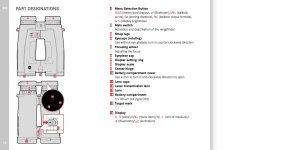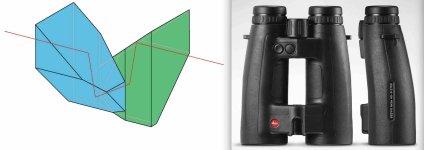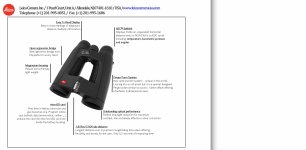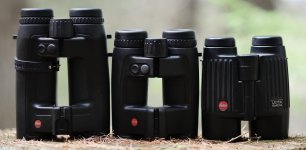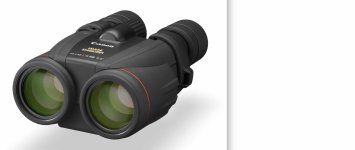iseegeorgesstar
Well-known member

Hey,
I recently realized or re-realized that the Leica Geovid rangefinger binos have a special porro prism. "Perger porro". Being the porro addict that I am, I'm wondering how these rangefinger binoculars would work for visual? Is there always some range tracking viewable inside the eyepiece or can it be shut off? I've never used a rangefinder bino or mono so don't know how they work. (Though I've entertained the idea of picking up the maven's rangefinder monocular in the past.)
Thanks for your comments on the geovid.
I recently realized or re-realized that the Leica Geovid rangefinger binos have a special porro prism. "Perger porro". Being the porro addict that I am, I'm wondering how these rangefinger binoculars would work for visual? Is there always some range tracking viewable inside the eyepiece or can it be shut off? I've never used a rangefinder bino or mono so don't know how they work. (Though I've entertained the idea of picking up the maven's rangefinder monocular in the past.)
Thanks for your comments on the geovid.





